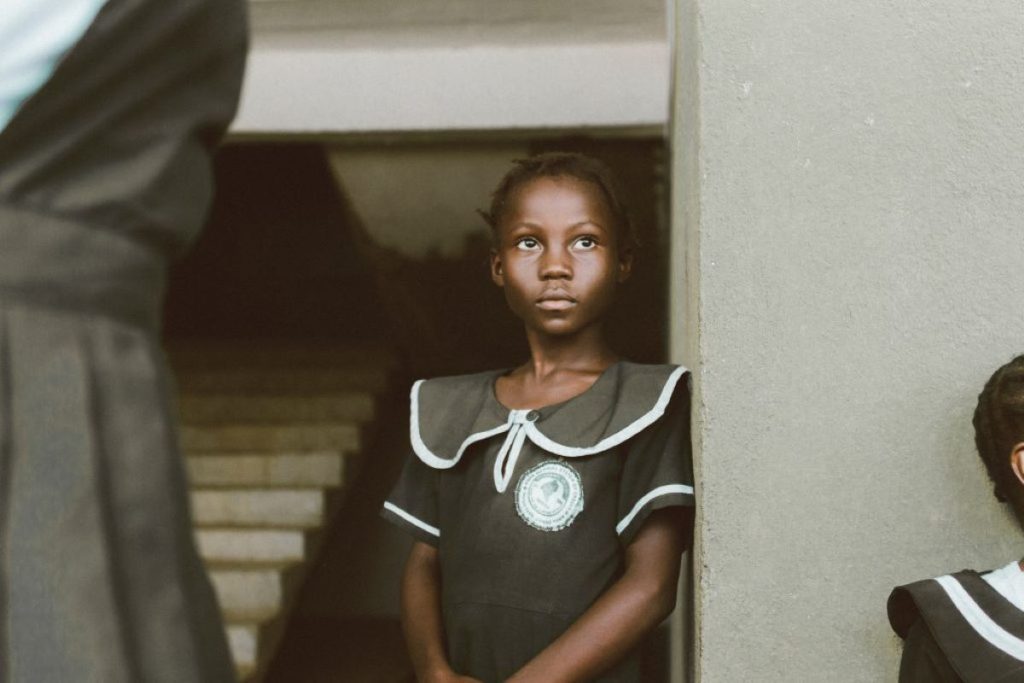Today is the International Day of the Girl Child, a day set aside to focus attention on the need to address the challenges facing girls and to promote girls’ empowerment and the fulfilment of their human rights.
This year, Africa joins the rest of the world to commemorate the 2021 International Day of the Girl-Child under the theme “Digital generation. Our generation,” while acknowledging the growing digital world with a focus on bridging the digital divide.
Advocates have lamented that there is little to celebrate with problems ranging from sexual abuse, lack of education, gender-based violence, religious and cultural biases, early/child marriage, discrimination, and undernourishment, to female genital mutilation. These setbacks impede her development and stunt equality with the opposite gender.
It is against the backdrop of challenges plaguing the girl child, that the United Nations sought a reversal of gender unfairness globally during its General Assembly on December 19, 2011, when it adopted Resolution 66/170 to declare October 11 each year as the International Day of the Girl Child, to recognise girls’ rights and the unique challenges girls face around the world.
According to a statement issued by the Save the Children group, more than 22,000 girls per year are dying from pregnancy and childbirth resulting from child marriage.
West and Central Africa account for nearly half (9,600) of all estimated child marriage-related deaths globally, or 26 deaths a day. Additionally, the regional teenage maternal mortality rate is four times higher than anywhere else in the world.
Despite the fact that nearly 80 million child marriages have been prevented globally in the last 25 years, progress had stalled even before the COVID-19 pandemic, which has only worsened inequalities that drive child marriage.
With school shut, health services under strained, and more families being pushed into poverty, women, and girls face an increased risk of violence during lengthy lockdowns. A further 10 million girls are now expected to marry by 2030, leaving more girls at risk of dying.

This year, the Generation Equality Forum launched a five-year commitment for bolder solutions to gender inequality just as the world entered the second year of the COVID-19 pandemic.
While the pandemic has opened up digital platforms for learning, earning, and connecting, more than 2.2 billion people below the age of 25 still do not have access to internet connectivity at home. Girls are more likely to be affected.
The gender gap for global internet users has grown from 11 percent in 2013 to 17 percent in 2019. In the world’s least developed countries, especially Sub-Saharan Africa, it hovers around 43 percent but the gender digital divide is about more than connectivity.
Girls are also less likely than boys to use and own devices and gain access to tech-related skills and jobs. Only by addressing the inequity and exclusion that span geographies and generations can we usher in a digital revolution for all, with all.
Adolescent girls have the right to a safe, educated, and healthy life, not only during these critical formative years but also as they mature into women. If effectively supported during the adolescent years, girls have the potential to change the world.


